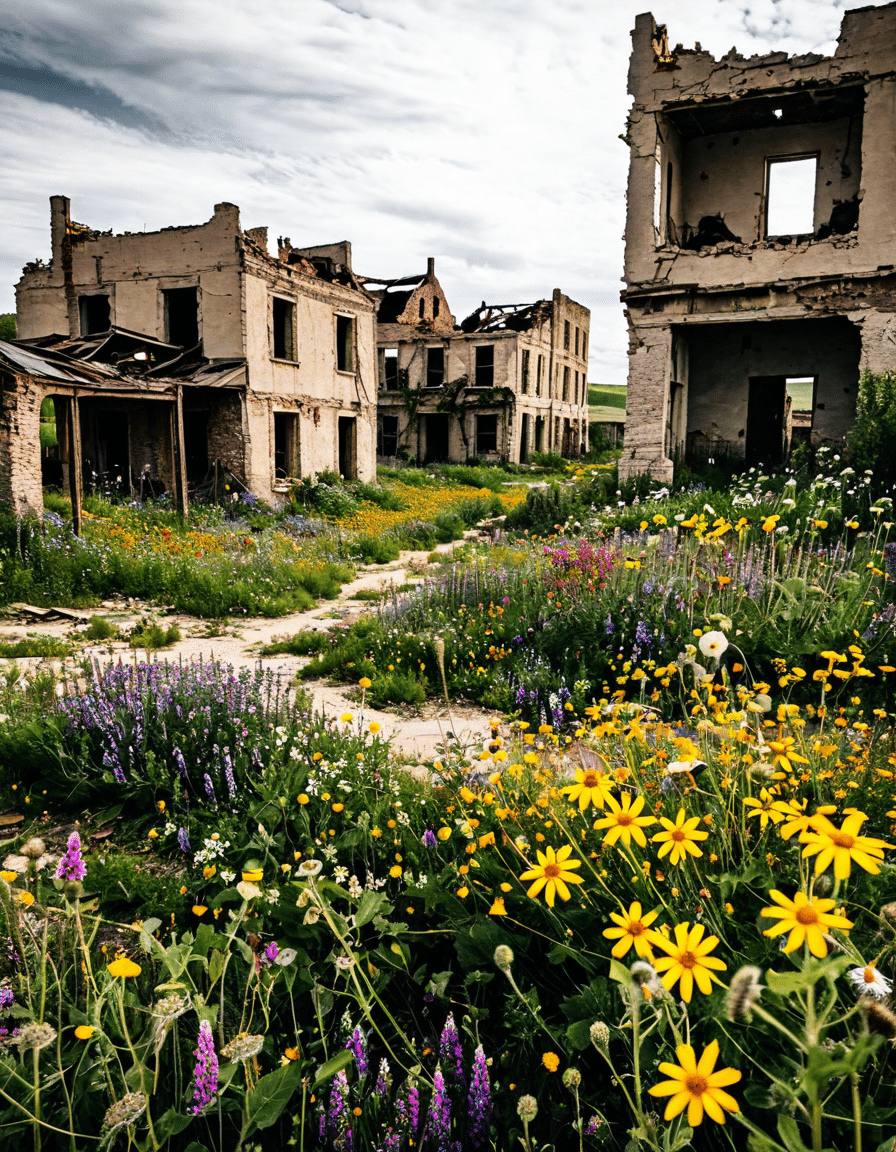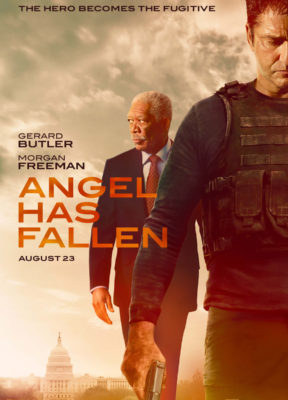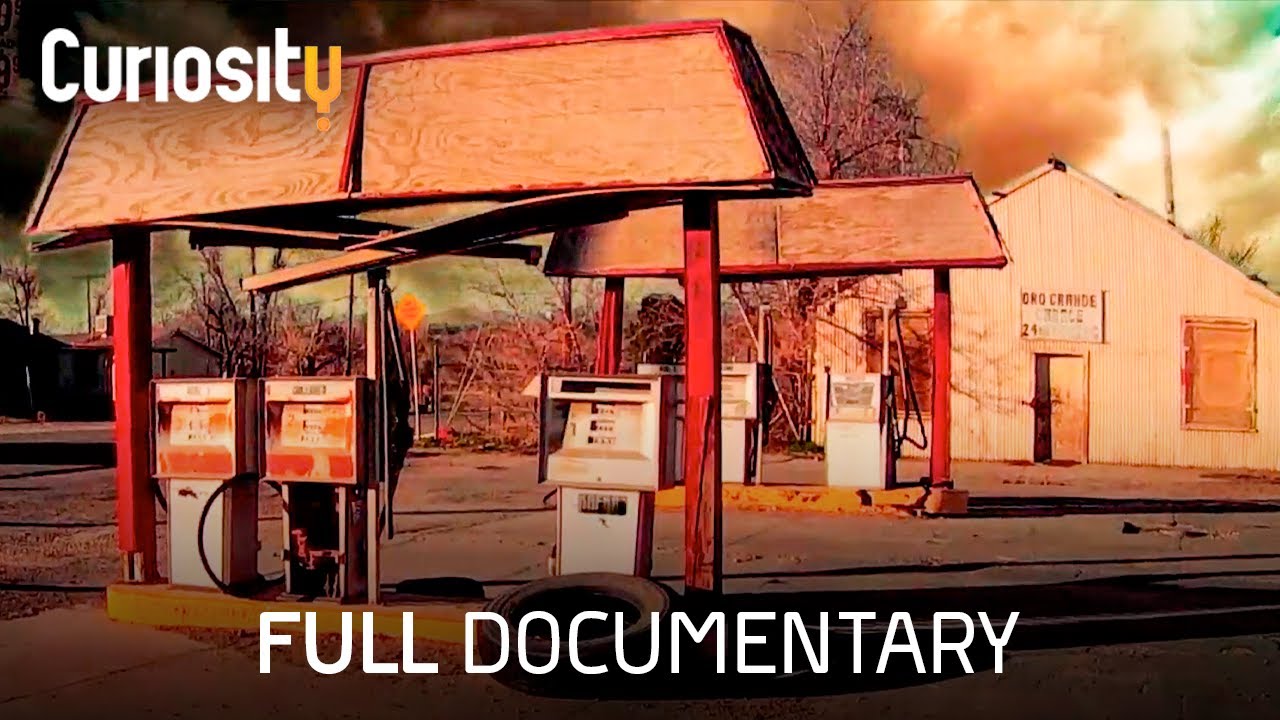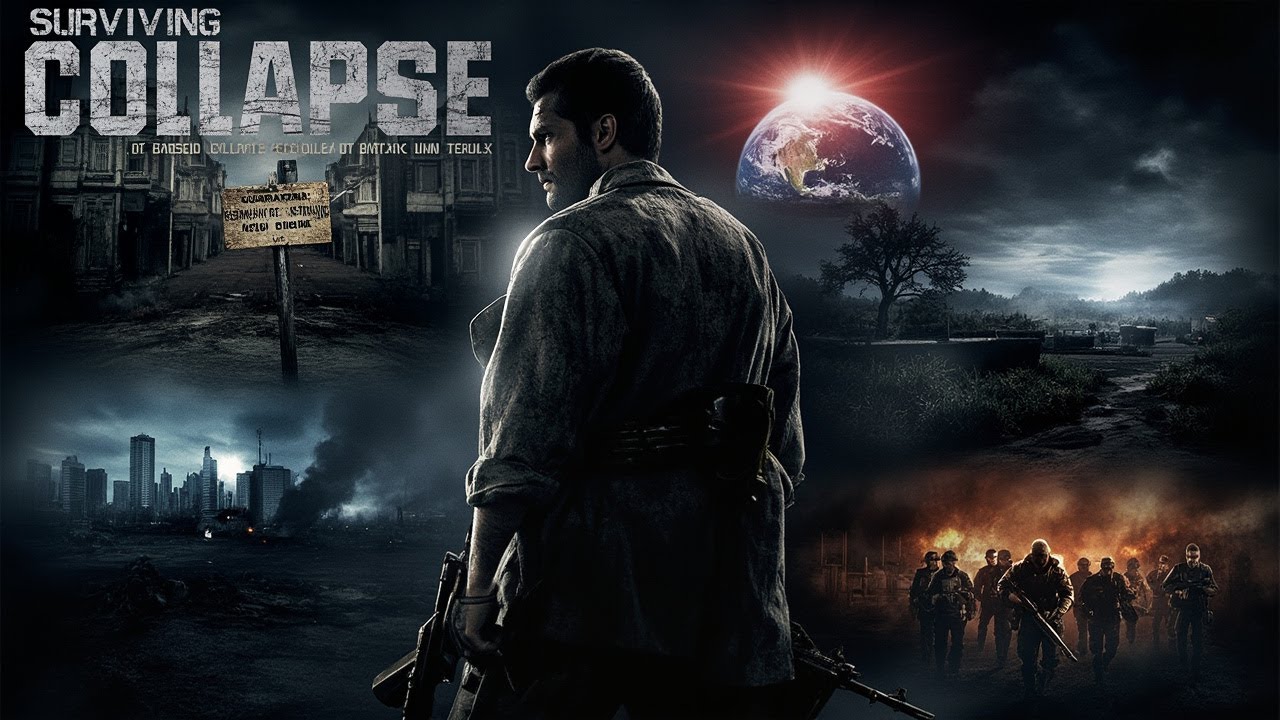
Post Apocalyptic Worlds That Challenge Our Survival
As humanity stares down the barrel of looming existential threats, the fascination with post-apocalyptic narratives continues to thrive. These stories resonate deeply, weaving themselves into the fabric of film, literature, and even gaming. They serve as stages for survival tales, revealing our enduring anxieties and moral conundrums. From the feral gangs of “Mad Max: Fury Road” to the relentless pursuit of hope in “Children of Men,” the challenges faced in these settings shine a spotlight on our greatest fears and critiques of society. Let’s delve into seven notable post-apocalyptic worlds that present unique challenges for survival, stressing the rich themes and ethical ambiguities at play.
## Post Apocalyptic Worlds That Challenge Our Survival
Based on Cormac McCarthy’s gripping novel, the film adaptation of “The Road” offers a haunting glimpse into a world devoid of civilization. As the protagonist and his son traverse ash-laden landscapes, they become engulfed in desolation and dread. Here, the arch nemesis isn’t just the cannibalistic survivors but also the suffocating fear of hopelessness that looms over them. The father’s struggle to protect his son amidst a backdrop of societal collapse makes for a powerful exploration of love, sacrifice, and the dire will to persevere despite the overwhelming odds.
The bleak atmosphere mirrors the grim realities of a world where survival hinges on ethical choices. As they encounter various threats, we’re left questioning what lengths a parent will go to protect their child. The bond between father and son becomes a poignant symbol of resilience amidst chaos, making “The Road” a poignant reflection of humanity’s worst fears about survival.

2. Fear the Walking Dead: Adapting to New Rules in a Changing Society
“Fear the Walking Dead,” a spinoff of the original series, shifts focus to the early days of the zombie apocalypse. It dives into the adaptation required when the rules of society dissolve. The emergence of the Aryan Brotherhood as a rival group exemplifies how human nature can be more perilous than the undead themselves. The complexities of alliances and betrayals are strikingly portrayed as characters grapple with moral dilemmas in a landscape stripped of order.
As relationships shift and evolve, the show illustrates that even in the darkest times, communities can form. Survival becomes more than just a physical challenge; it’s a struggle involving ethics and loyalty. Throughout the series, characters must face pivotal choices that highlight the fragility of societal structures amid chaos.
3. Mad Max: Fury Road: Thriving Amidst the Chaos
“Mad Max: Fury Road” is a landmark post-apocalyptic blockbuster that portrays a world overrun by chaos and warlords. The wasteland setting, filled with brutal factions reminiscent of a lions den, pushes the characters into high-stakes survival scenarios. The film’s kinetic visual storytelling captures both the complexity and fervor of life when resources dwindle.
Max, who operates more as an antihero, ultimately finds fleeting moments of solidarity that challenge our understanding of who a hero truly is. The relentless pursuit for resources in a realm defined by conflict showcases the moral questions surrounding leadership and sacrifice. “Mad Max: Fury Road” might be chaotic, but it’s loaded with examinations of human fortitude and the desperate search for a better future.

4. Children of Men: A Dystopia of Despair and Hope
Directed by Alfonso Cuarón, “Children of Men” presents a chilling vision of a world where humanity grapples with infertility and hopelessness. With society waning at the edges of collapse, we meet Theo, an unlikely champion determined to rescue a pregnant woman— a beacon of hope. The societal nihilism around him deconstructs, as he fights to navigate a world where despair reigns supreme.
Cuarón beautifully contrasts decay with glimpses of celestial beauty, making visual statements about faith and future. The film digs deep into the psychological and emotional toll of living in such bleak circumstances. By confronting the darkness, we question whether hope can indeed emerge from despair, adding layers to this post-apocalyptic narrative.
5. The Hunger Games: Survival as Entertainment
Suzanne Collins’s “The Hunger Games” trilogy, adapted into a dynamic film series, immerses viewers in a future characterized by poverty and starvation. Katniss Everdeen embodies the spirit of rebellion, making her way through a sinister system designed to oppress. The narrative challenges characters to weigh survival against ethical sacrifice in a twisted game where entertainment takes center stage.
The spectacle of the Hunger Games serves as a powerful critique of society’s voyeuristic tendencies. The manipulated arena illustrates how the line between entertainment and survival blurs, prompting viewers to question their own engagement with media and reality. Katniss’s journey underscores the possibilities of resistance and the ethical ramifications of living under authoritarian rule.
6. Transcendence: Tech’s Dark Side in a Post-AI Future
In “Transcendence,” we’re confronted with a haunting depiction of humanity’s relationship with technology. The film explores the merging of man and machine, posing chilling questions regarding artificial intelligence. The emergence of cyber tanks serves as a cautionary tale about unchecked technological advancement.
The narrative compels the audience to reflect on moral implications of humanity’s creations. It unveils the idea that the greatest threats may not stem from an outside force, but from the very innovations we produce. “Transcendence” jolts us into contemplating our technological pursuits and their ramifications amid a post-apocalyptic setting.
7. Venture into the Future: The Role of Psyche in Survival
Looking into lesser-known but impactful narratives, we find films that challenge our understanding of psychological resilience amid chaos. For instance, “I Am Legend” invites viewers into the psyche of Robert Neville, who grapples with isolation as one of the last humans. The emotional weight of survival mirrors that of trauma recovery, revealing how solitary conditions test not just physical but mental fortitude.
The layers of this narrative emphasize that survival isn’t solely a physical challenge; it’s also a battle waged within. The toll on mental health and human connections becomes profoundly palpable against the backdrop of a world ravaged by infection. Hence, stories in this vein offer insight into the emotional components, highlighting how psychological resilience can define survival long after the dust has settled.
As we unpack the layered landscapes of these post-apocalyptic universes, it is clear they do more than narrate survival; they act as profound commentaries on human nature, resilience, and the challenges of ethical choices. Each narrative compels us to face our current dilemmas while reflecting on the future we are shaping. The embedded challenges within these dystopian realms act as mirrors, reflecting our contemporary fears and prompting us to consider the greater good in humanity’s quest for survival. In a time when post-apocalyptic narratives have become more common, they invite meaningful engagement with the real-world implications of survival and moral dicisions.
Exploring Post Apocalyptic Worlds That Challenge Our Survival
Dash of Trivia: The Inspiration Behind Post Apocalyptic Themes
Ever wonder why post apocalyptic stories captivate audiences? They tap into our primal fears and survival instincts. Many filmmakers draw inspiration from real-world events, like economic collapses or environmental disasters, to craft gripping narratives. For instance, if you’re curious about modern-day implications of financial crises, the question that often looms is What Is The current interest rate on mortgage? This kind of reality check can bring a layer of urgency to the storytelling, reminding us that civilization can teeter on the brink.
Moreover, some characters embody resilience, like Max caulfield from Life is Strange. Just as Max navigates her shattered world, we find ourselves wondering how we’d respond in a society turned upside down. This leads to a reflection not just on survival, but also on the human spirit itself. Surprising connections arise; for example, while watching post apocalyptic films, you might consider the cost of rebuilding—How much Is home insurance, after all, when all is lost?
Survival Skills: What We Learn From Post Apocalyptic Narratives
The lessons in survival are often woven into the very fabric of these films. Think about shows that last just a single season, yet leave a lasting impact. They intensify our understanding of human relationships under pressure, spotlighting how trust can be both a lifeline and a liability. Look at how survival packs, DIY skills, and resourcefulness become focal points for protagonists. They echo the resilience seen in documentaries about real-life figures, like Frank Abagnale jr., whose life story showcases adaptability against the odds.
And let’s chat about some lesser-known treasures in the post apocalyptic genre, like the gripping narrative of Birds Of Paradise. This engaging tale exemplifies not only harsh realities but explores the beauty and complexity of human connection amidst chaos. Every character’s choice serves as a mirror reflecting our own growth, urging us to ponder: how would we fare when faced with peril?
Community and Connection in Post Apocalyptic Landscapes
Perhaps what captivates most is how communities function, or fail, in these dire times. One fascinating aspect is how locations, like Waitrose Truro, serve as unexpected symbols of normality amid disasters. They become hubs of trade and interaction, reminiscent of marketplaces throughout history. Moreover, the dynamics of survival can often lead to unlikely alliances, making us think about whom we’d team up with if civilization crumbled.
Lastly, consider the inspiring stories that emerge from despair, such as those chronicled around figures like Maksim Valerievich bure. These narratives resonate deeply, showing how sometimes hope can blossom in the bleakest environments. So, as we dive into post apocalyptic stories, let’s remember not just the chaos, but the possibilities for connection and resilience that come alive on our screens.













